Ancient Psychedelia: Alien Gods & Mushroom Goddesses
Online Book - Chapter 11, Page 176
Back to Online Book Mainpage / Next Page (Chapter 11, Page 177)
| The late Minoan age was called the Mycenaean, from the word Mycenae, the capital of the Atreus Dynasty. (8) Atreus was father of Agamemnon and Menelaus. The word Mycenae is so close to the word Mycelium that it can hardly be coincidental. Professor Hammond assigns the date of 1290 BC as the founding date of Mycenae by “King Perseus.” (9) According to Cyrus Gordan: “The Greeks learned their language from the Phoenicians, first the Minoan syllabary and then the alphabet.“ (10) A Mycenaean gold foil embossed funerary mask found in Tomb IV, Circle A, from the 16th century BC, has a mushroom cap emblazoned right on the forehead with the nose making up the central stem (10f). The Mycenaeans lived on the Greek mainland around the time of 1400 BC, and integrated the previous Minoan culture into their own following their settlement in the islands. 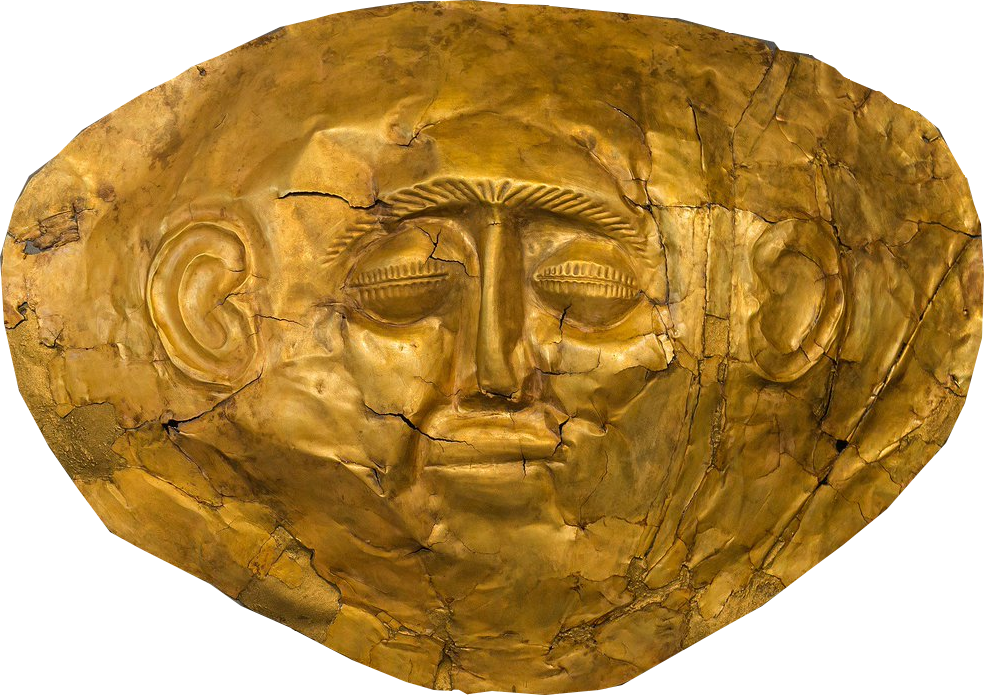 (10f) Greece, Funerary Mask in gold foil embossing Found in Tomb IV, Circle A, Mycenae, c. 16th century BC During the 2nd millennium BC, Crete and Canaan had close relations and community, writing in the same language and sharing many of the same personal names. (11) There are several examples of artifacts that reveal the commonality of Greek and Hebrew culture, especially in relation to their worship of the goddess and use of serpent and mushroom imagery. Snake tubes have been found in both Crete and Canaan that are practically identical in design and appearance. (12) Both Greek and Hebrew coins reveal a particular type of kantharos or libation vase as well. There are also similarities of Greek art borrowed directly from Egypt. Khepri (31g) was the original source of design for the Boeotian shield shown here on an early Greek coin c. 395-377 BC, which also utilizes the mushroom in its shape (48h). This same design is found on Danish Neolithic battle axes (59d); pieces of flint from Brazil (79b); and North Mexican pottery art (77e). |
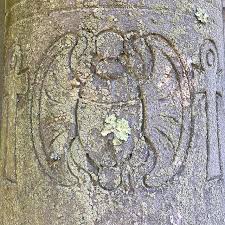 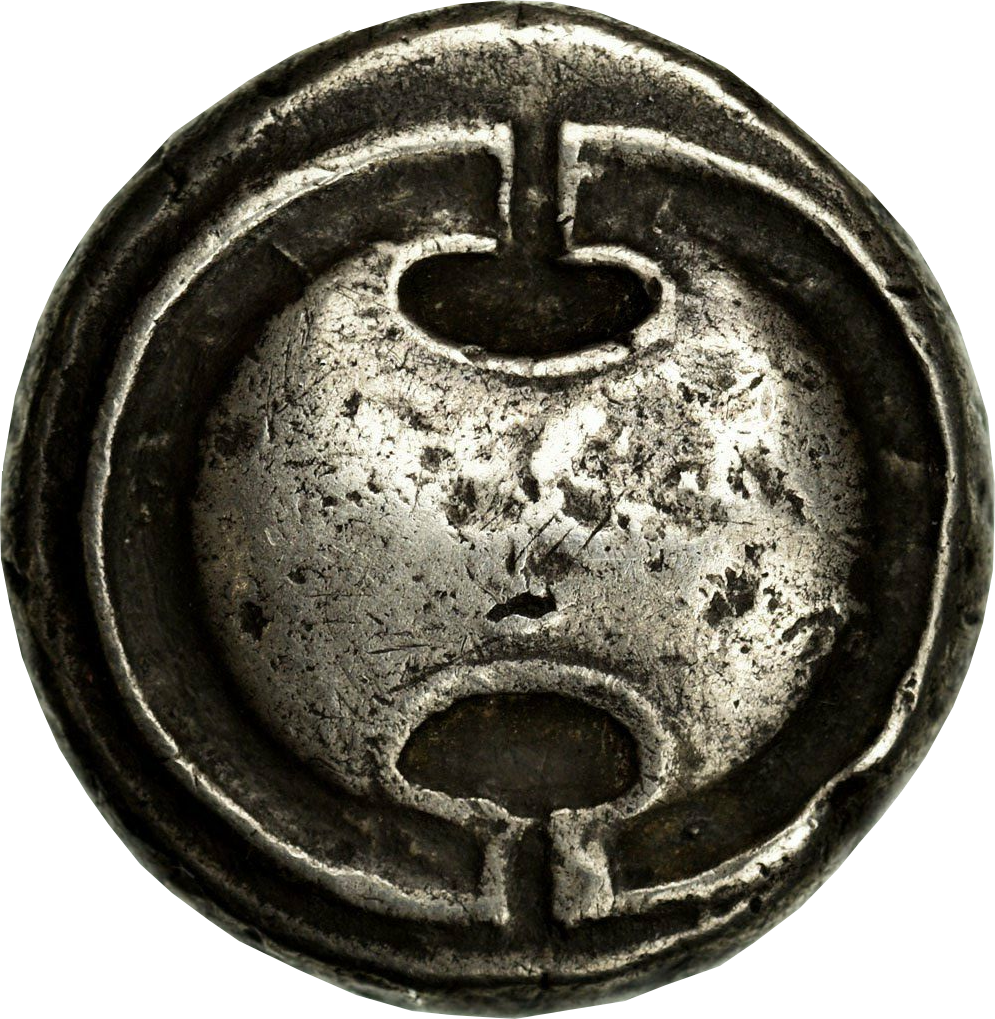 R: (48h) Greek Coin Thebes Boeotia. Shield and Kantharos c. 395-377 BC L: (59e) Danish Neolithic battle axe 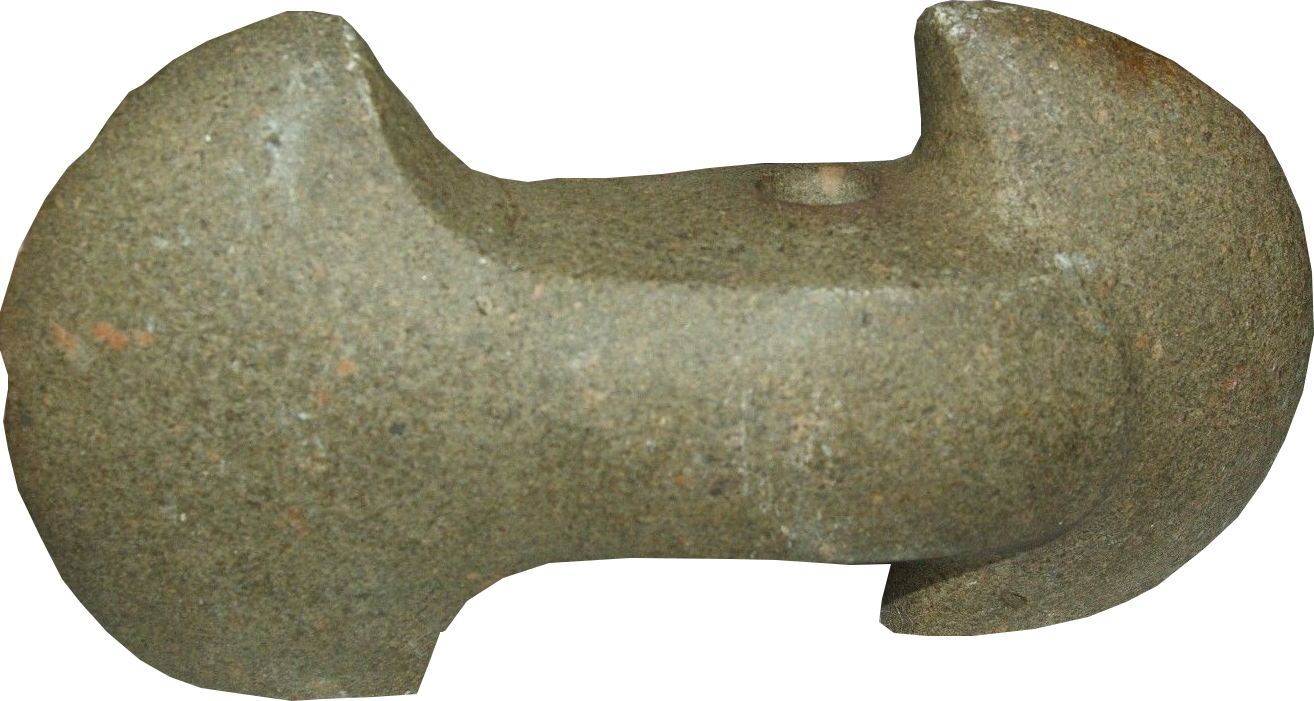 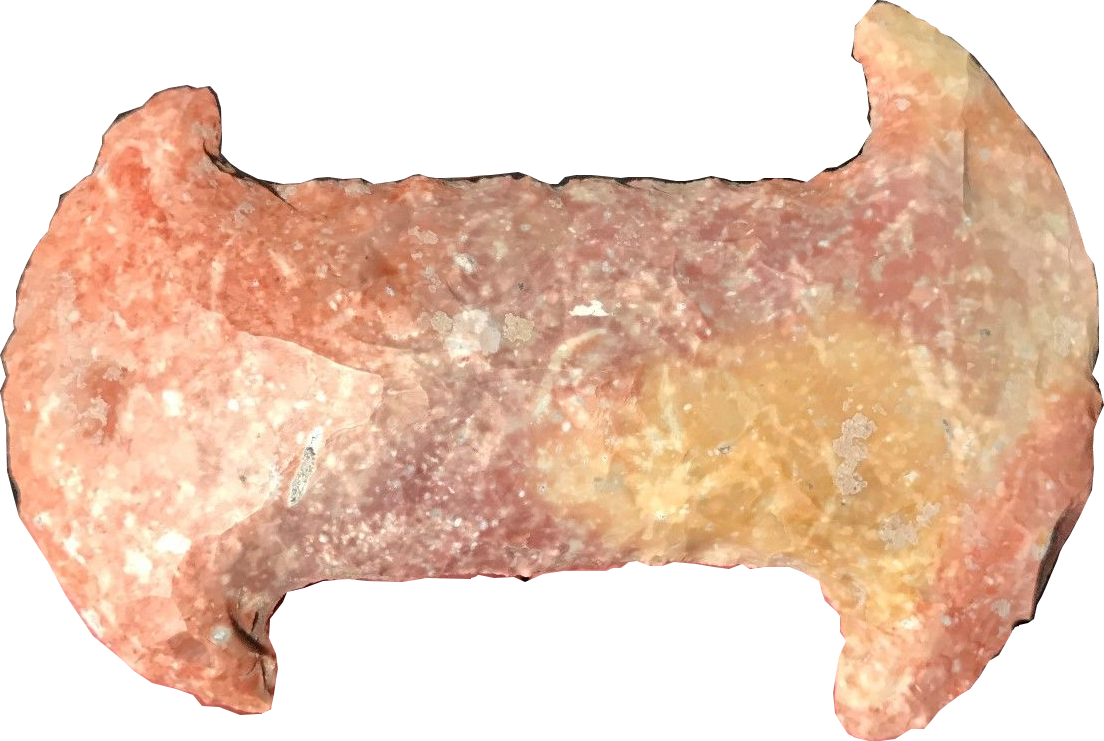 R: (79b) Tinder Flint. Double Axe Shape, Belize 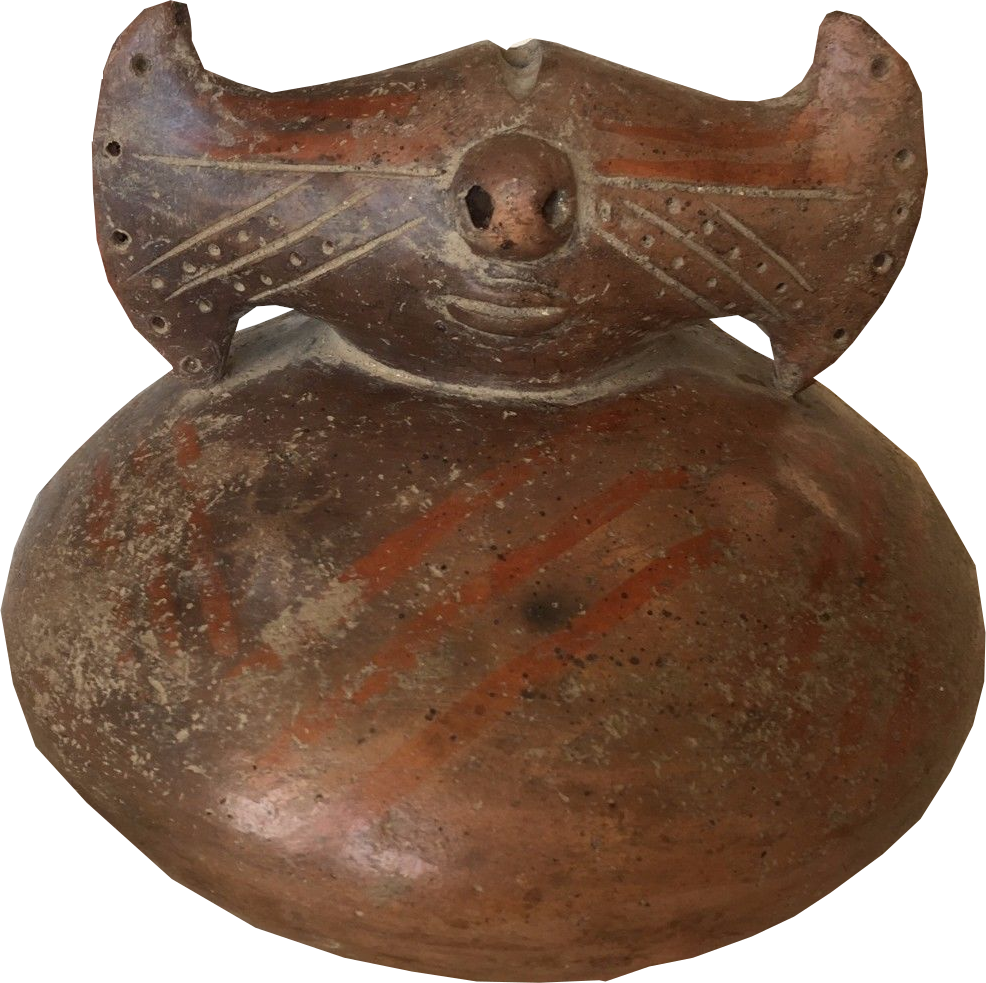 (77e) North America, Mexico The Lycians are one of several groups who descended from Crete originally, according to Herodotus, as well as the Carians who claimed to be their kin. The Carians were former members of the Minoan Empire and held control over the Aegean between the fall of Knossos in 1400 BC, and the Dorian invasion in 1050 BC. Herodotus reported they were the least Grecianized and considered descent from the mother as the primary path of inheritance. Firmicus Maternus reported in the 4th century AD, that matrilineal heritage still survived in Greece in his era. Lydian women were known for prostituting themselves before marriage and then doing as they pleased with their bodies and finances post-marriage as well. (13) (8) The White Goddess, p. 63 (9) Occidental Mythology, p. 152; N.G.L. Hammond, A History of Greece to 322 B.C. (Oxford: Clarendon Press, 1959, p. 60 (10) Before the Bible, p. 216 (11) ibid, p. 26 (12) When God was a Woman, p. 205 (13) White Goddess, p. 226 |
Go Back to Page 175